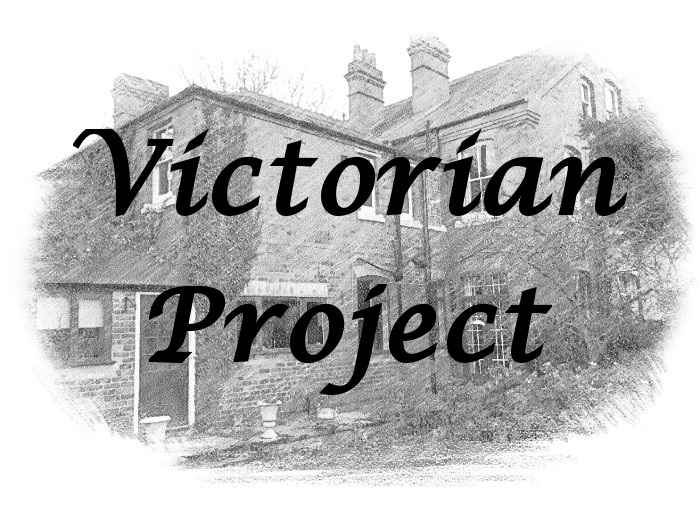If you are painting new plaster then it is important that you start with a mist coat. You may have read this online or on the packaging of your selected paint product. For our Victorian Project we have had many walls and ceilings re-plastered and as we were relative DIY newbies we had to rely on our friend Google for things like how to apply a mist coat and what the mist coat consistency should be. Creating a mist coat is simple and there are many benefits to doing so. In this post we cover how to use a mist coat and what your mist coat ratio should be.
What is the Victorian Project all about? Find out here.
When & Why Is A Mist Coat Needed?
When painting new plaster or any bear plaster that has not been painted before you should use a mist coat. A mist coat is a portion of your chosen paint product that has been significantly diluted with water. It kind of acts as a primer with the benefit of being in the same colour tone as your main paint coat. New or bear plaster absorbs moisture. If you paint neat emulsion straight onto the top of it it will not take very well and you may get cracks or flaky areas when it dries. [See also: Breathable Paint For Lime Plaster – What Are The Options?]
You will see this first hand if you use a roller to apply it as when it glides back and forth it will lift bits of paint off. When a mist coat is used the extra water in the paint will be absorbed into the plaster. This then allows the paint in the mixture to better take to the plaster surface.
Mixing A Mist Coat & Mist Coat Ratio
When it comes to the mist coat ratio of water to paint you will find different web sites giving you different misty coat proportions. First thing to do is to see what the recommendation is from your paint manufacture. If they do not give anything specific then my recommendation is to use 70% water to 30% paint. We have found this to give a good finish on a wide range of paints. Don’t get too caught up on this though and measuring it out to the millilitre. As long as your mist coat ratio is around this mark you shouldn’t go far wrong.
Mist Coat Application & Drying Time
Painting new plaster with a mist coat is no different to the way in which you would use full fat emulsion. Use a brush to cut in your edges and any tight areas of the wall and then a roller to cover the main space. Bear in mind that the mist coat consistency is far thinner than paint and it will therefore spread further. [See also: Earthborn Clay Paint Review – Breathable & Eco Friendly]
In terms of drying time, being predominantly water you will find that the surface is touch dry within a couple of hours. For best results however allow 24 hours before applying the full paint coat over the top. You will often find that one mist coat and one full coat is sufficient to bring out your paint tone. However this is dependent on the type and brand of the paint that you are using and is down to your own discretion.
What Should A Mist Coat Look Like?
What should a mist coat look like? Well, take a look at the image beneath. You can click on it to enlarge. This is an example of an Earthborn clay paint mist coat on our living room walls with it applied to the right half of the wall. It will look cloudy and very patchy when compared with a full paint coat but as long as you have covered all areas it will suffice. [See also: Remove Stubborn Wallpaper – Stripping Back]

Once again, don’t get too caught up on getting it looking a particular way. As long as your mist coat resembles something like the above then you are done. [See also: Fix Damp in Victorian Houses and the Common Causes]
Painting New Plaster – Roundup
If you are painting new plaster or any plaster surface that has not been painted before then you should use a mist coat. The mist coat will ensure that you get the best possible finish and help to prevent cracking and flaking. 70% water to 30% paint is a good mist coat ratio that you shouldn’t go far wrong with. Check the packaging or data sheet for your chosen paint product to ensure that they don’t have a specific recommendation before you mix up. Your mist coat proportions do not need to be exact. As long as you are roughly there you will be fine. [See also: Plaster, Putty & Paint – The Living Room Walls]
A mist coat is applied in the same way that you would apply a standard paint coat using a brush for cutting in and a roller for the main bulk of the wall. It should be touch dry in an hour or so but give it 24 hours to fully bed in. A mist coat is very simple to do any will vastly improve the end result when painting new plaster. [See also: Victorian Roof Repairs – Starting Point for any Renovation]


